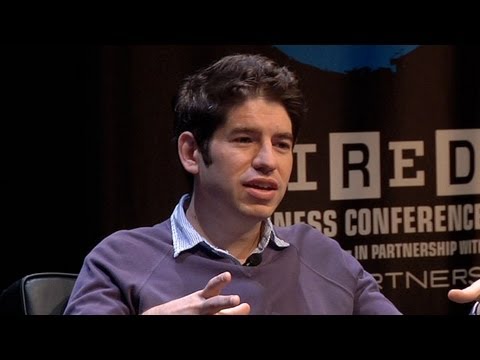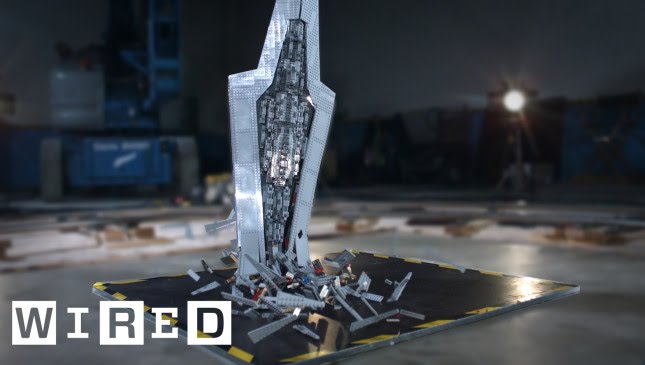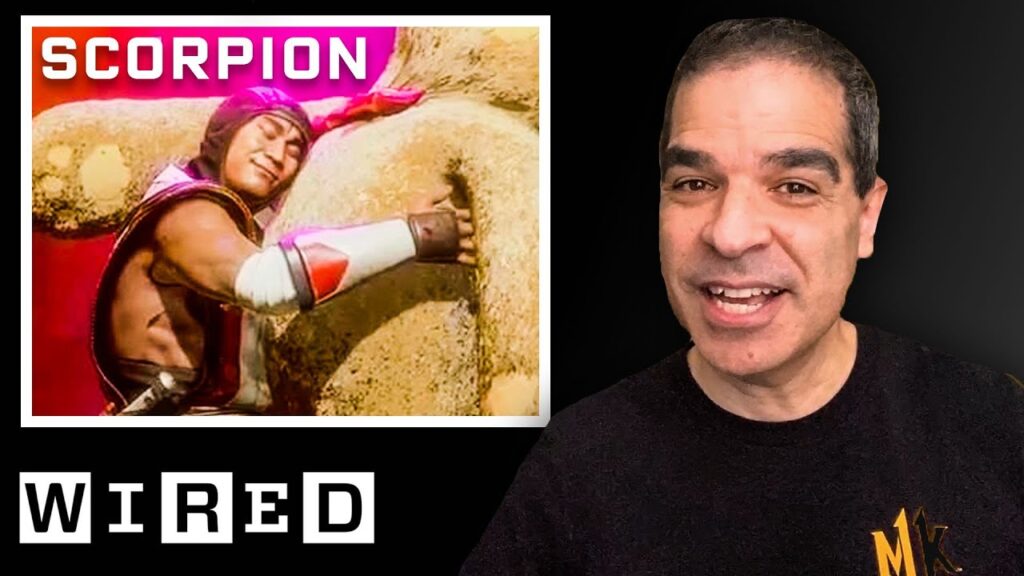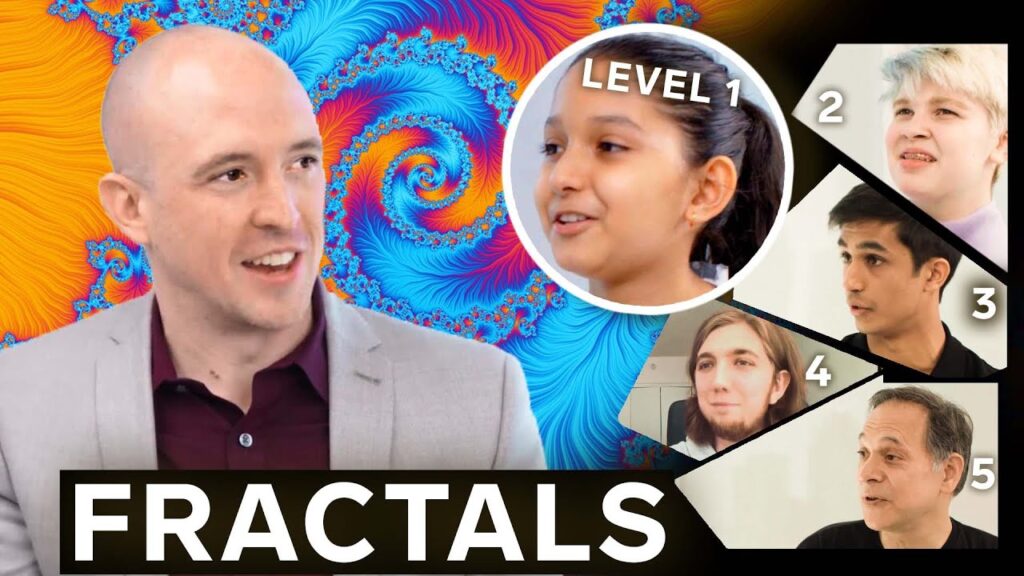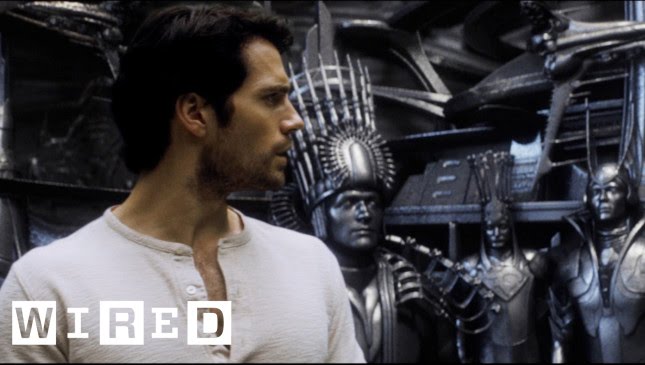Exploring the Final Frontier: A Beginner’s Guide to Rocket Science
Summary
In this article, we will explore the basics of rocket science, including the process of returning to Earth from the Moon, the role of mathematicians like Katherine Johnson in human spaceflight, the educational requirements for becoming a rocket scientist, and the history of rocket-building techniques. We will also discuss current space exploration efforts and the possibility of sending humans beyond our solar system.
Table of Contents
- Returning from the Moon
- The Role of Mathematicians in Rocket Science
- Becoming a Rocket Scientist
- History of Rocket-Building Techniques
- Current Space Exploration Efforts
- The Future of Space Exploration
- Conclusion
Returning from the Moon
Returning to Earth from the Moon requires a deep understanding of the amount of thrust or drag required to escape the Moon’s orbit and slingshot into Earth’s geosynchronous orbit. Reverse thrusters are used to slow down the spacecraft, and parachutes are deployed for a soft landing. Rockets use guidance, navigation, and control systems, including gimbals, to adjust their trajectory.
The Role of Mathematicians in Rocket Science
Mathematicians like Katherine Johnson played a crucial role in the early days of human spaceflight in the US. Johnson worked on the trajectories for the first human flights and helped ensure that they were successful.
Becoming a Rocket Scientist
To become a rocket scientist, one needs to obtain a degree in aerospace engineering and study various subjects, including calculus, physics, orbital mechanics, aerodynamics, and propulsion. It is a challenging field, but for those who are passionate about space exploration, it can be incredibly rewarding.
History of Rocket-Building Techniques
Operation Paperclip was an intelligence operation to bring German scientists to the US to learn about their rocket-building techniques, including Wernher von Braun, who was a visionary director of the Marshall Space Flight Center. NASA’s Space Launch System is the most powerful rocket ever launched and has taken a capsule as far as humans have ever been sent.
Current Space Exploration Efforts
Probes like Voyager 1 and 2 have left the solar system, but it took decades for them to do so. The possibility of sending humans beyond the solar system exists, but current propulsion technologies still require significant development. The probes currently exploring space are gathering information to prepare for human exploration.
The Future of Space Exploration
The speaker suggests reading “The Mars Project” to learn more about space exploration. As technology advances, the possibility of sending humans deeper into space becomes more feasible. While there are still many challenges to overcome, the future of space exploration looks bright.
Conclusion
Rocket science is a fascinating field that requires a deep understanding of physics, mathematics, and engineering. With the help of mathematicians like Katherine Johnson and the advancements made in rocket-building techniques, we have been able to explore space like never before. As we continue to push the boundaries of what is possible, the future of space exploration looks incredibly promising.


